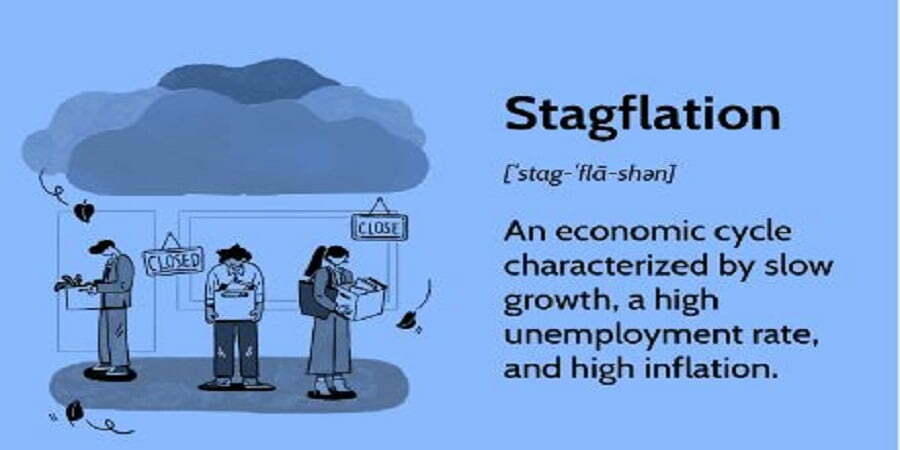It’s interesting to note the Reserve Bank of India’s assessment of the risk of stagflation in the current economic landscape. Despite a sharp uptick in prices, the central bank’s August bulletin emphasizes that the risk of stagflation remains low in India. According to the study conducted by the RBI, there’s only a 3% probability of stagflation, thanks to factors such as easing financial conditions, stability in the INR/USD exchange rate, and steady domestic fuel prices.
The bulletin also highlights the impact of recent price movements. The uptick in inflation during June had an impact on July’s numbers due to a significant shock in tomato prices, which then affected prices of other vegetables. India’s annual retail inflation spiked to a 15-month high of 7.44% in July, exceeding the upper end of the RBI’s inflation band of 2%-6%. High-frequency food price data for August suggests continued increases in the prices of cereals and pulses, although there has been some recent pullback in tomato prices.
While core inflation moderated in July, the bulletin projects that headline inflation is expected to average well above 6% in the second quarter. In terms of policy, the Monetary Policy Committee maintained the repo rate steady during the recent rate review, but the RBI implemented measures to address liquidity in the banking system. The bulletin also underscores the importance of managing excess liquidity to prevent potential asset price bubbles and a weakening of lending standards.
Lastly, the central bank’s economic activity index predicts GDP growth for Q1 2023/24 at 7.8%. This bulletin provides valuable insights into the current economic situation in India and the central bank’s perspectives on managing inflation, liquidity, and economic growth.
Source: Reuters


